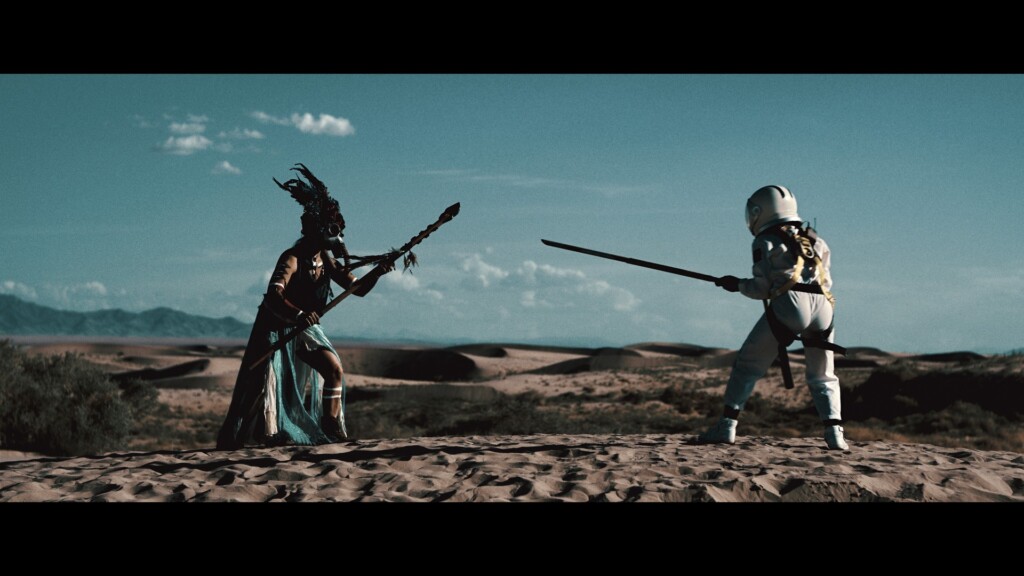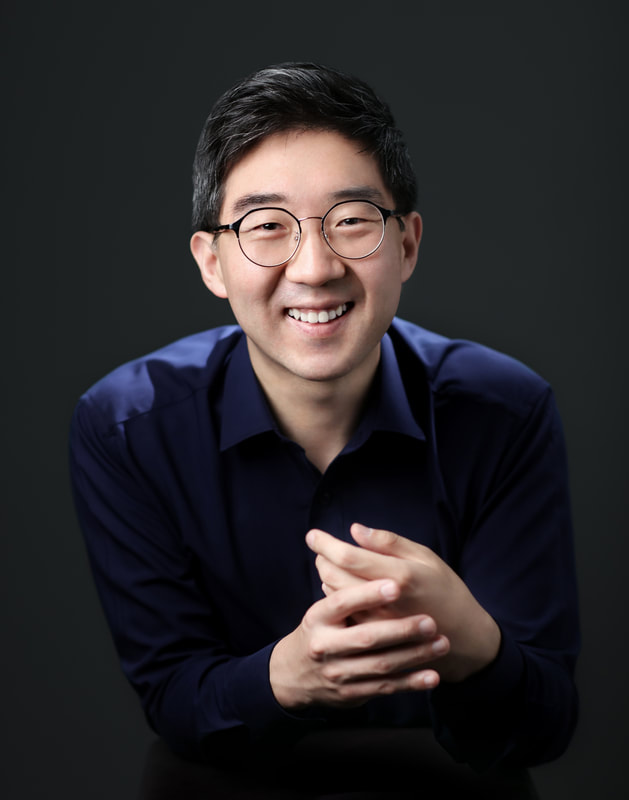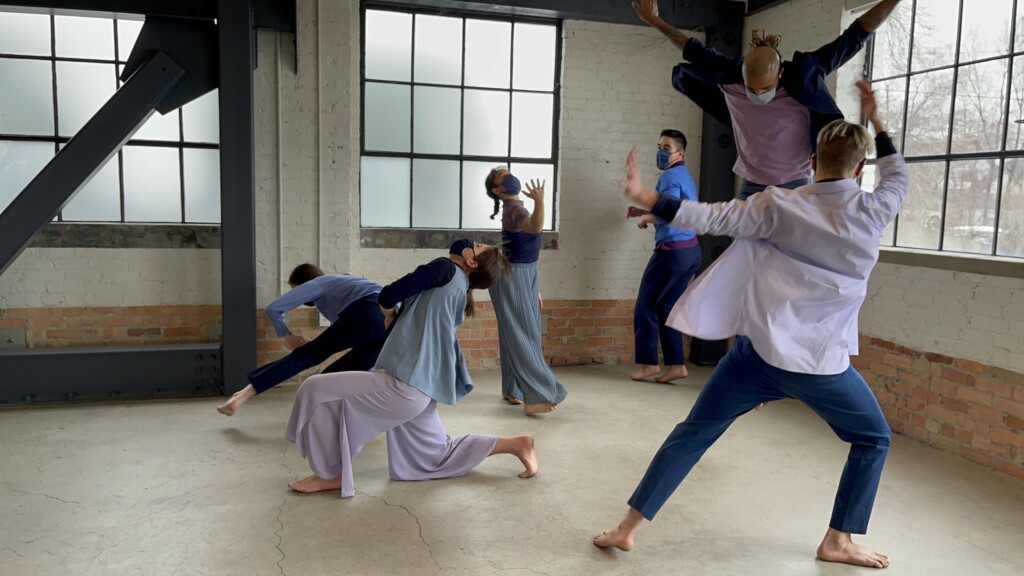INTRODUCTION
It has been an enormous project to regain the spirited momentum that many arts and cultural organizations in Utah’s creative industries had amassed before the pandemic brought everything to a ground stop in the early spring of 2020. With resilience and durability exercised to their intrinsic advantages for respective organizations, many creative producers also have used the moment to take more risks, forge new alliances and expand their networks. They also are producing work that jolts audiences back into thinking critically about their worldviews and supporting efforts that seek to put real action into the talk about fortifying equity, diversity, access and inclusion in the realm of creatIve expression.
Utah’s politics may be stuck in reverse but the state’s demographic portrait continues to change dramatically. The 2020 census showed Utah’s population grew by 18.4% over the last decade, making it the country’s fastest growing state, easily outstripping the national pace of growth in the same period, which was 7.4%. By the end of this decade, many cities and towns in Utah will see a new generation of potential leaders with far more enlightened and earnest perspectives about the state’s history and its capacity to make way for a population that looks far different than at any point in the last 125 years when Utah was granted statehood. There already is growing pressure to push the way toward greater sociopolitical enlightenment, even as the antediluvian resistance fights desperately in a last stand to sustain the status quo. It is through the infrastructure of the arts and cultural communities where that pressure could mobilize fresh thinking and different mindsets.
The entrepreneurship of Utah’s arts and cultural industries has meant that the state performs well above its per capita expectations, a point frequently made in The Utah Review. With resilience, there is durability and a recognition that locally produced work is indispensable not only because it is home grown but also because it is translatable and transferable to other communities in the epiphanies that spring from original work. Regarding durability, several organizations this year either have marked or about to mark major anniversary milestones. The Utah Museum of Contemporary Art (UMOCA) marked its 90th anniversary this year. Salt Lake Acting Company is celebrating its 50th anniversary. Three organizations have marked or are about to celebrate their 45th anniversary: the Gina Bachauer International Piano Foundation, NOVA Chamber Music Series and the Utah Arts Festival. Plan-B Theatre completed its 30th anniversary season. Pygmalion Productions, a theatrical company founded in Ogden and dedicated to stories about women by female playwrights, also marked its 25th anniversary in 2020 as well as its 15th year as one of the companies in residence at the Rose Wagner Center for Performing Arts.
Dance continues to wear the empress crown for the performing arts in Salt Lake City. Ballet West premiered a free, public documentary series of nine episodes on social media platforms — In The Balance: Ballet for a Lost Year — about the behind-the-scenes preparation for a November 2020 concert production that almost was canceled because of the pandemic. The twin giants of contemporary dance — Repertory Dance Theatre (RDT), which marked its 55th anniversary last season, and Ririe-Woodbury Dance Company — returned to live performances in superb fashion. Ririe-Woodbury opened its 58th season with new works by Daniel Charon, the company’s artistic director, and Keerati Jinakunwiphat, a young Thai-American choreographer who dances with Kyle Abraham’s A.I.M and was named in Dance Magazine’s 2021 25 to Watch. RDT opened its 56th season with a concert of dance works by Lar Lubovitch, one of the country’s most distinguished choreographers. Last month, the company brought Virginie Mécène from the Martha Graham Dance Company to stage two works from the 1930s by the legendary choreographer. Also, internationally renowned choreographer Ihsan Rustem, who is based in Zurich, set a new work for RDT dance artists.
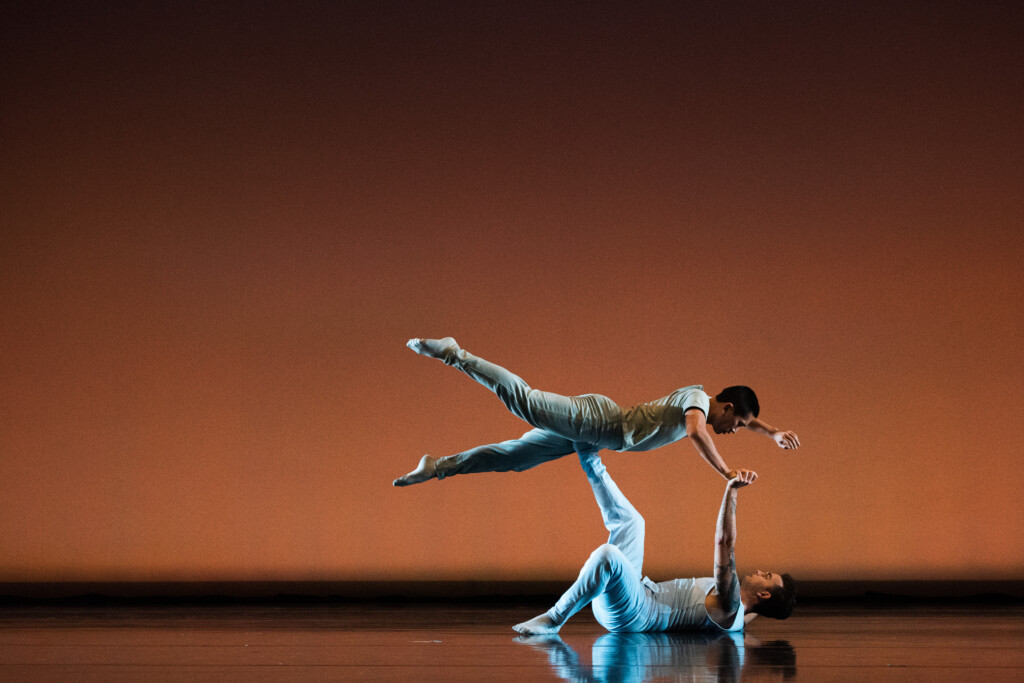
Independent dance concerts also have become popular in the area. For example, Dan Higgins is an RDT dance artist in his eighth year with the company and who is about to take on a new role in the company next year as both guest artist and resident choreographer. This year, he co-produced two concerts, as part of the RDT Link Series. The first was in June with dancer and choreographer Laura Brick where the two artists gave the first live dance performance in the Rose Wagner Center for Performing Arts since the pandemic shuttered public shows. The second, in November, was co-produced with Rebecca Aneloski, featuring new works by And Artists and Higgins.
Salt Lake City’s independent theater companies also are setting the pace for staging works by Utah playwrights, particularly those by women and persons of color. Plan-B Theatre and SLAC are among the foremost leaders anywhere in the country on this metric. Likewise, NOVA Chamber Music Series, with the unique arrangement of having members of the Fry Street Quartet as its music directors, is in the midst of an already thrilling season — best described, in the words of Robert Waters, the quartet’s first violinist, as not “your grandparents’ chamber music concerts of Mozart and Beethoven.” There is only one Beethoven work in the season and two works from before 1700 and just a handful of works from the 19th and 20th centuries, including Clara Schumann, Prokofiev, Brahms, Dvořák, Bartók and Samuel Coleridge-Taylor. One work is a 1944 string trio written by Gideon Klein which is believed to be the last piece of music he wrote while imprisoned at a Nazi concentration camp. The rest is an impressive bounty of 21st century composers, with a solid representation by female composers. For example, female composers — Clarice Assad, Gabriela Lena Frank and Jessie Montgomery — will have works performed on two separate concerts.
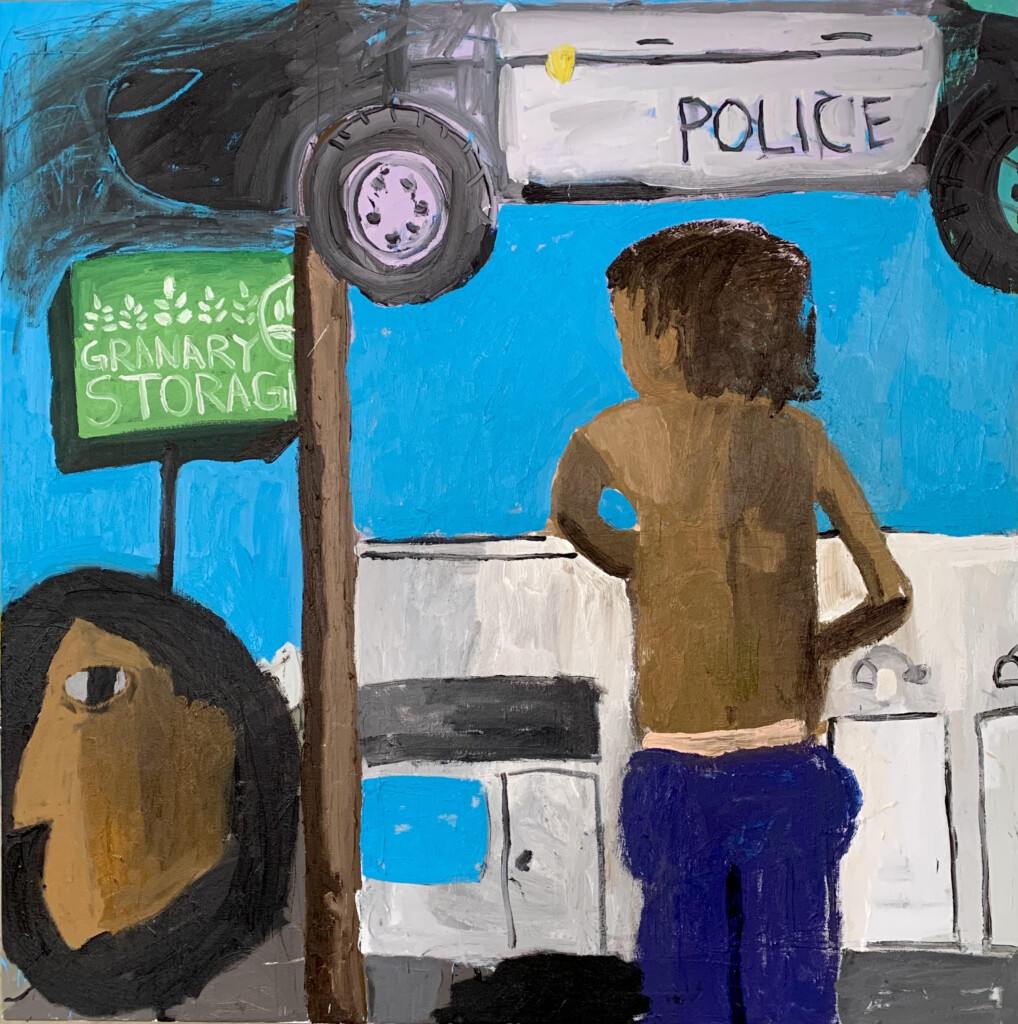
These accumulating developments sharpen a point that has become central to The Utah Review’s chronicle of the artistic and creative works placed under the aegis of the Utah Enlightenment. As mentioned in previous years, they do more to serve than the purpose of “art for art’s sake.” They elevate the contemporary experience – with the sum of its tensions, problems, conflicts, disappointments and crises – to an enthralling sensation of healing, revelation, atonement and empowerment.
This year’s list includes nine first-time mentions. The following top 10 moments are not ranked in any particular order.
TOP 10 MOMENTS OF THE UTAH ENLIGHTENMENT IN 2021
One of this year’s Utah Arts Festival highlights came in the form of an outstanding dance commission concert produced by Allison DeBona and Rex Tilton, Ballet West artists who also are the co-founders of the artÉmotion Ballet School. Their efforts set new standards in the festival’s dance commission program, with five works, some of which were performed with live music, and featuring Ballet West artists, including company soloists and principals. In particular, Experience by Chase O’Connell was a spectacular closer in every regard. O’Connell’s work made full effective use of the Festival Stage, featuring 18 dancers and three pairs of principals. O’Connell’s choreography magnified the inherent value of the recorded music including Architect, by Kerry Muzzey in a Chamber Orchestra of London recording and Ludovico Einaudi’s In a Time Lapse, Experience. There is a special gift in a choreographer who elevates music that sometimes can seem quite so ordinary to enrich the dimension of its emotional pull, and the movement set for this piece accomplished that with abundant results. The three pairs of principals were excellent but the performance of Katlyn Addison and Hadrial Diniz stood out especially.

The year heralded the confirmation of a golden age of public and street art with large murals being produced for shows including the Utah Museum of Fine Arts (UMFA), Utah Museum of Contemporary Art (UMOCA) and Ogden Contemporary Arts (OCA). Making an impressive presence in all three venues is the locally based trio known as the Roots Art Kollective (RAK) – Miguel Galaz, Alan Ochoa and Luis Novoa.
It was RAK which helped organize the UMFA mural project 2020: From Here on Out, as artists were selected by a committee of community partners including Artes de México en Utah,The University of Utah’s Department of Art and Art History, University Neighborhood Partners and the Utah Division of Multicultural Affairs. As UMFA senior curator Whitney Tassie said in a prepared statement, “We developed this exhibition with Roots to acknowledge the great work being created as well as to continue important local dialogue.”
RAK’s murals signify the expanding cultural presence embodied in the tectonic shifts in Utah’s demographics and the blossoming prospects of the Utah Enlightenment. For UMOCA’s All Wall exhibition in the museum’s main gallery, RAK produced a commanding piece titled, Colibrí dorado. Effusive in radiant optimism, there was the hummingbird, a symbol of a new joyous day, emerging from the pandemic.
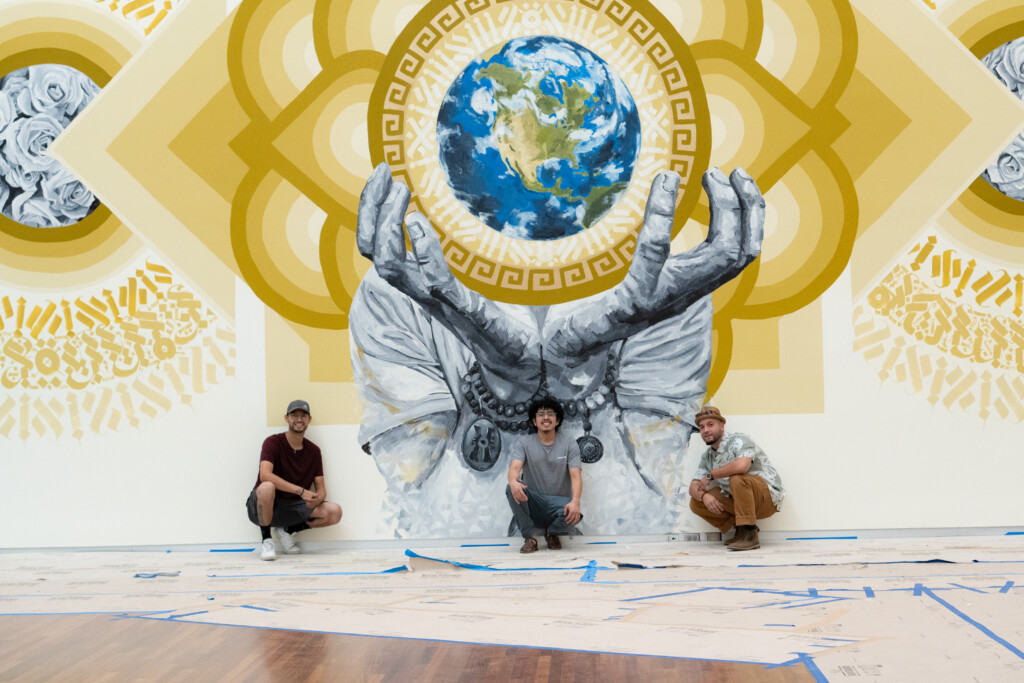
For the UMFA piece, easily triple the size of the UMOCA mural, the trio created Fuerza del Amor, which includes beautifully rendered graphic text on opposite sides of the mural. On the left, in English, is the phrase, “Find strength in love to heal,” while on the right, in Spanish, the text reads, “Encuentra fuerza en el amor.”
For OCA’s exhibition Vida, Muerte, Justicia | Life, Death, Justice, they produced Amor Eterno, resplendent in the incorporated symbols of the Day of the Dead in Aztec mysticism and Monarch butterflies, the definitive representation of transformation in life. Following a signature trademark in their other murals, RAK turned to musical lyricism in Spanish with calligraphy inspired by songs such as Facundo Cabral’s No soy de aquí ni soy de allá, Chavela Vargas’ Las simples cosas and Juan Gabriel’s Amor eterno.
RAK’s work has an unmistakable signature attached to it, in its many iterations, which reflect core interests of each artist. The RAK artists have developed a symbiotic relationship over the last five years. As Ochoa says, “We really have a strong sense of trust with each other.” Indeed, their murals convey a potent sense of lyricism, fueled in part by their interests in older generation Mexican songs and music as well as their home country’s canon of poetry. RAK also produced murals for two SLC homeless resource centers, a project coordinated by the Salt Lake City Arts Council.
Utah filmmakers are continuing to gain attention in numerous venues. Winning the Fear No Filmmaker Award in the Utah Arts Festival’s 2021 Fear No Film slate of short films was Luis Fernando Puente for La luna y el colibrí (The Moon and the Hummingbird). Representing the film school at Brigham Young University, Puente helmed the film as an outstanding allegorical narrative highlighting the tensions of immigration as seen from those who migrate. It is not political but it emphasizes what is at stake personally, as immigrants wonder if they can truly let go and move on and perhaps deciding if staying with loved ones is more important than their destination of migration. Puente recruited a richly talented crew, which included Oscar Ignacio Jiménez, one of the state’s most sought after directors of photography for film (e.g., The Killing of Two Lovers, which premiered at Sundance in 2020 and was among last year’s Top 10 Moments of The Utah Enlightenment).
Puente, a Monterrey native from the Mexican state of Nuevo León, recently surpassed the crowdfunding goal for his Kickstarter project, which will lead to a new narrative short film, I have no tears, and I must cry. In this film, he crafts a narrative about a young woman, a recent immigrant to the U.S., and her husband, who is an American citizen. The film talks about the anxiety and stress of waiting for the immigration process to proceed on a timely basis. Puente is a filmmaker to watch closely and the production team he has assembled for this project, which includes Jiménez, assures that this latest short film will become a major award-winner on the festival circuit.
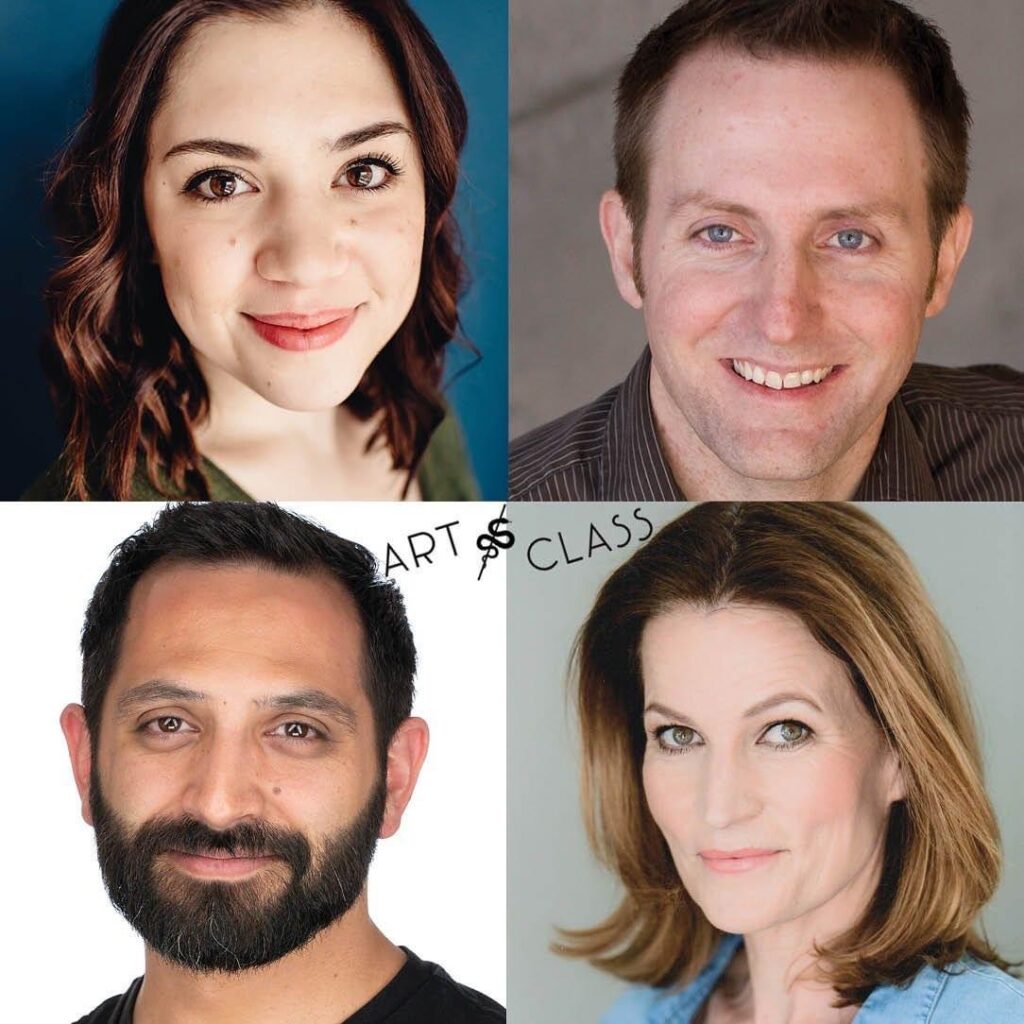
Last season, Plan-B Theatre premiered works by several Utah playwrights in audio-only productions. Among them was Matthew Ivan Bennett’s Art & Class, which was inspired in part by a 2017 incident at Lincoln Elementary School in Utah’s Cache County, which led to art teacher Mateo Rueda losing his job. Rueda came under fire when he showed his students reproductions of classic art works, some of which portrayed nude figures, that were pulled from The Art Box postcard collection in the school’s library.
As The Utah Review noted in April, in a long string of original productions written by Utah playwrights, Plan-B Theatre has scored many grand slams. Bennett’s plays are part of that impressive record. But, in Art & Class, extraordinary for many reasons, Plan-B set a new height of excellence. Bennett’s Art & Class stands with Eric Samuelsen’s Borderlands (2011), one of the company’s most successful productions and one of the greatest works of the Utah Enlightenment.
Bennett stands out for his facility as a playwright to synthesize the relevant problems and issues that truly matter in Utah but also impart timely lessons that extend well beyond the Land of Zion’s borders. In Art & Class, the emotional battles ultimately intersect and become intertwined between and among all four main characters, notably as issues of immigration, academic freedom, unintentional racism, self esteem, grief, social status, faith, suicide and addiction join art censorship and aesthetics in the play’s holistic canvas. Bennett wisely leaves the ending open, inviting listeners to discuss and suggest where the story goes after the 110-minute audio production has ended. The cast delivered an exceptional rendering in the audio production, even more remarkable given that, at no time, were the actors ever in the same location during recording: Flo Bravo (as Lucía, the teacher), Bijan Hosseini (Riley, as Lucía’s husband), Roger Dunbar (Leland Hess, as the school principal) and Stephanie Howell (Mindy Van Tassel, the parent who brings the matter to the school’s attention). Indeed, it is a play that should receive a fully staged production. Its dramatic punch is astounding.
In its return to live concerts this season, the Gina Bachauer International Piano Foundation has organized a series that stands out among the memorably innovative of recent years. The opener was a blockbuster featuring the husband-and-wife piano duo of Ran Dank and Soyeon Kate Lee. The concert also featured a world premiere: Texu Kim’s Flow and Composition for solo piano. It coincided with the awarding of The Barlow Prize, one of Utah’s signature composer commission programs. Chosen from among 574 submissions coming from 41 countries, Kim, a San Diego State University music faculty member who also is among the most recently prodigious recipients of commissions, received the $12,000 prize from The Barlow Endowment for Music Composition at Brigham Young University.
Lee produced a memorable premiere of Kim’s work, born out of a deep love for both artists’ Korean culture. In particular, Kim musically interpreted the motions and technique of Korean calligraphy, also known as Seoye and which involves both Hanja and Hangul. This is the instinctive love of a tradition that stands out for more than its elegant technique. There are multiple dimensions of how this particular form of calligraphy has evolved in modern Korea, retaining its classic artistic structures but weaving in appropriately the new lines of influence. It was a perfect moment in the series’ return to live performances. The Bachauer series is a stellar fixture in the Utah music scene and its 45th anniversary season is an exciting celebration that will continue through the upcoming spring.
Since Jorge Rojas left his position as director of education and engagement at UMFA to devote more time to his work as an independent artist, teacher and performer, the momentum has expanded rapidly. Born in Mexico where he also went to art school, he has divided his time between Salt Lake City, New York City and Seattle. Last spring, he installed Flower of Life, among the largest corn mandalas he has ever created, at UMOCA. As The Utah Review noted at the time, Rojas is driven by the sacred geometry that leads to the ancient symbol of the Flower of Life. It is perhaps the purest icon shared among all ancient civilizations and faiths, rendered by each in their own unique expression. Made entirely of corn kernels placed by hand, the mandala epitomized an extraordinary exercise of patience. In preparing to install the largest corn mandala of his career to date, Rojas engaged in a ritual of fasting, meditation and prayer. He burned incense made from Mexican resin, a substance of sacred significance to the Maya and Aztec civilizations. His personal meditative care was crucial to the eye for detail needed in installing a mandala on a 10-foot by 10-foot platform. Taking two full days to install the mandala, Rojas and his two children were joined by UMOCA curator Jared Steffensen and his assistant. Up to an estimated 200 pounds of seeds were used.
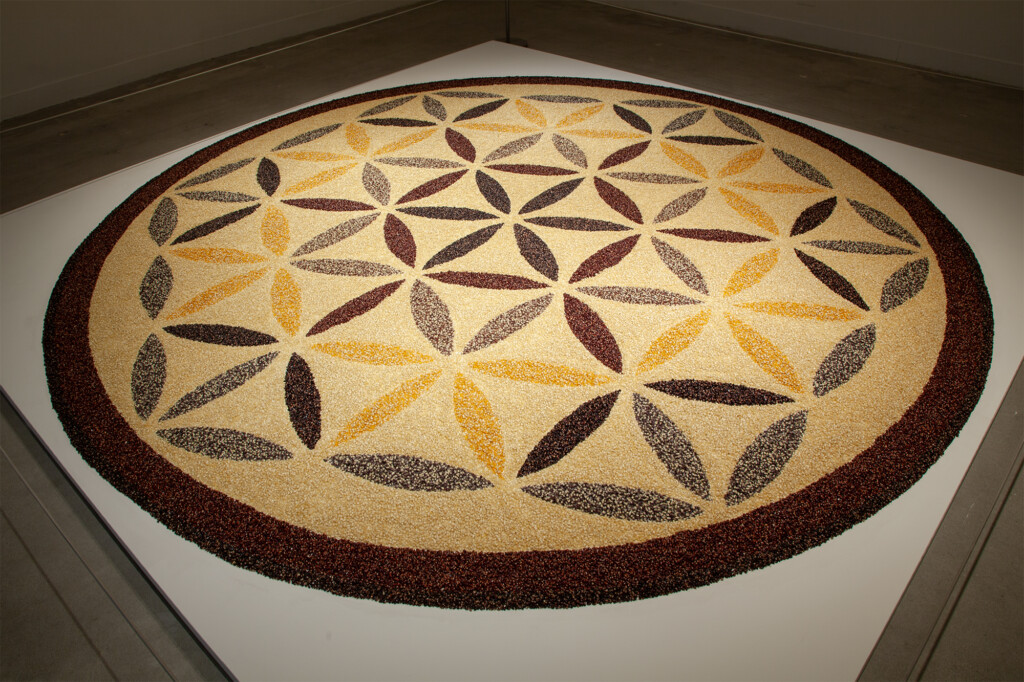
Rojas is a multidisciplinary artist who works in numerous genres and media. For example, he has performed as the Tortilla Oracle, which was inspired by his experience of reading tarot cards. As the Tortilla Oracle, Rojas asks individuals to place their hands in mixing a ball of masa dough, which is then made into a fresh tortilla on the spot before he performs “divinatory readings.”
It has been a year of many highlights for Rojas. Last summer, he became the first artist-in-residence at the Kimball Art Center in Park City, incorporating a new edition of a project he initiated in Houston. The genesis came from Rojas’ engagement with the 1949 novel Hombres de Maíz by Miguel Ángel Asturias, the Guatemalan writer who won the Nobel Prize in Literature in 1967. It is centered around the belief that the people’s flesh was made from corn.
During the fall, he joined María del Mar González-González, assistant professor of global modern and contemporary art history at Weber State University, in curating the exceptional exhibition Vida, muerte, justicia: Life, Death, Justice: Latin American and Latinx Art for the 21st Century at Ogden Contemporary Arts. Just recently, Rojas and fellow Utah artist Vicky Lowe returned to the States after representing Utah at the Binational Convention of Mexican artists in the U.S., as arranged by the Instituto de los Mexicanos en el Exterior SRE. They met with other Mexican artists at the Mexican Embassy in Mexico City.
Creative entrepreneurs are becoming prominent in numerous fields of art and music. Among them are Zac Ivie and Dumb Luck, hip hop artists who performed at this year’s Utah Arts Festival. The musicians are outstanding exemplars of the resilience that artists have demonstrated during the last two years when a pandemic scotched live performances. Ivie’s indie label Get Write Records has become a valuable conduit for Utah’s hip hop artists, as they become more visible and significant in the local music scene. Many locals know Ivie’s All for U, which was released in 2019 on the day of the Pac-12 championship game pitting The University of Utah against Oregon (which unfortunately the Utes lost). Ivie performs with Ocelot, whom he describes as a “great MC,” which included an appearance at the recent Das Energi Festival at Saltair. Ivie has opened for many outstanding hip hop artists, including Talib Kweli, Ghostface Killa and Hieroglyphics. Next month, during The Sundance Film Festival, Ivie and Ocelot will join artists including Chali 2na, who has been associated with the groups Jurassic 5 and Ozmati, and DJ Logic in a Jan. 27 show at The Cabin in Park City.
Dumb Luck, who has performed with Ivie, also has been on the stage with artists including Elzhi, Bronze Nazareth and George Watsky. His output suggests a wide range of traditional hip hop styles along with boom bat beats and punch lines which can evoke either gripping raw emotion or lyrics where he is comfortable poking fun at himself. Ideally positioned for the duality of his artistry, his latest music signifies the results of a long, steady evolution as a self-taught musician who absorbs the trial-and-error lessons with growing skill and confidence.
Before returning to live performances, dance companies tinkered with the concept of virtual programs to explore dance’s complicated relationship with filming, which started historically by archiving performances. As The Utah Review explained last winter, while creating dance specifically for the screen already had been gaining traction long before the pandemic hit, many choreographers also were interested in finding a third way. This led to a hybrid approach that strives to replicate as best as possible the kinetic effects and impact of a live stage performance of dance.
A memorable example, Ririe-Woodbury Dance Company’s Home Run delivered on its title promise eminently in an hour-long film that comprised six pieces presented as if they would have been part of a documentary film festival program. Five of the six pieces were premieres, including works by Molly Heller and a series of three short compositions created by pairs of Ririe-Woodbury dance artists. Daniel Charon’s Winter Light was inspired in part by the energy of absorbing the “cold open” sequences, for which the popular West Wing television series was known. The work was a veritable showcase of the movement excellence that one links directly to Ririe-Woodbury’s core of six dance artists. Charon filmed, edited and scored the music entirely for the piece, which was performed in The Monarch complex space in Ogden, Utah. This piece alone was worthy to be submitted to any shorts program for a documentary film festival.
To reiterate a point made several months ago in The Utah Review, there is no pending question that would challenge the assertion that Roger Benington’s Psychopomp deserves a place in the Utah Enlightenment canon.
The 2017 play received its U.S. premiere in Salt Lake City, with Paul Kiernan in the role of a Mormon father whose personal and economic fortunes have collapsed. Kiernan was joined by Tyler Fox, who took on the role of a son whose own troubles point to a deadend that he sees as inescapable. Both actors gave brilliant performances to a brilliant script.
Benington led Tooth & Nail Theatre for many years before moving to New York City. The script was commissioned in London for production, which premiered at the Canal Cafe Theatre. The SLC venue carried a bit of irony, as it was once the gym in a former Mormon chapel, now known as The Art Castle, owned and operated by Utah Arts Alliance. The space is surrounded by closets, which served handily critical elements in the play’s storyline.
Benington laid out a finely nuanced critique of Mormonism that navigated away from the doctrinal pillars, which formally bind the faith to its members. Instead, he zeroed in on the irreconcilable paradoxes of satisfying the cultural demands of perfectionism, which eclipse a sincere pursuit to accept the confessional premises of faith on its most basic spiritual expectations. Both father and son were so pained by the sting of their respective failings to achieve the idealized form of perfectionism that they became ever more endangered and vulnerable to the lure of shapeless, faithless excuses, which permitted them to avoid a serious personal reckoning with their greatest shortcomings. Mormonism is no different than any other confessional faith in falling short to provide perfect answers to personal or spiritual crises or to soothe the pain of loss, disappointment and rejection. In Psychopomp, the multidimensional betrayal engulfed and blinded both of the characters, thereby shutting them off from attempting to find solace as a path toward a bittersweet, poignant sense of atonement.
One of the most successful immersive theatrical experiences of the year came from the Myriad Dance Company. The dance artists handled the challenge of the immersive performance experience with excellent results in its restaged production of Overslept: Obscura. The show was presented at Dreamscapes, the immersive art museum at The Gateway, which has been an ongoing project of the Utah Arts Alliance and Utah Artists and Builders. In fact, this was the last show at The Gateway location, as Dreamscapes is expected to reopen in the summer of 2022 in a new venue.
A splendid show, it allowed audience members to freely explore the museum’s spaces as dance artists performed choreography that followed a story outline and text elements set by R.J. Walker. Audience members embarked on a journey akin to that of Professor Liddell, a character clad in fancy lounging pajamas and whose dreams encompassed his search for the ideal person of his romantic desires.
The company had premiered the show last May but then decided to restage it, based partly on audience feedback. The prevailing vibe in Overslept: Obscura was actually lighthearted, coy, coquettish and teasing. Professor Liddell — as with so many of us — is confounded by the complications of distinguishing romantic idealization from fantasy. It was one of the most gratifying experiences in the Dreamscapes museum for a theatrical production.

